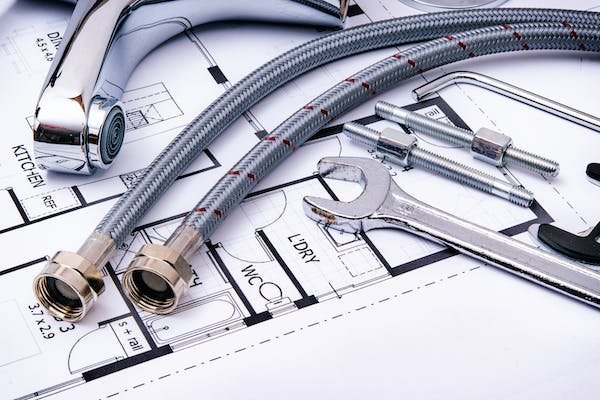Electric Water Heater Installation: Step-by-Step Guide
Installing an electric water heater can be a cost-effective and efficient way to provide hot water for your home. Whether you're replacing an old unit or installing a new one, understanding the process and following a step-by-step guide can help ensure a successful installation. If you want to learn a few things about that, you need to follow a comprehensive step-by-step guide for electric water heater installation. From preparing the space to connecting the electrical wiring and testing the unit, these insights will help you navigate the installation process with confidence.
Shut off the power and water supply
Turning off the power and water supply to the current water heater will ensure safety. Find the water heater's control breaker, and turn it off. The water supply valve that is situated on the cold water line leading to the water heater should then be closed.
Drain the existing water heater
The water heater's drain valve is located at the bottom. Connect a garden hose to it, then route it to an appropriate drain or outdoor location. To drain the tank and release the hot water, open the drain valve. The water could be hot, so use caution. Open a hot water faucet after the tank is empty to let air into the tank and promote drainage.
Disconnect and remove the old water heater
Disconnect the electrical wiring from the old water heater, carefully following the manufacturer's instructions. Next, disconnect the water supply lines from the old unit. If necessary, use a wrench or pipe cutters to remove any remaining connections. With the help of another person, carefully remove the old water heater from its location.
Prepare the installation space
Inspect the installation space and ensure it meets the requirements for the new water heater. Clear any debris or obstructions and make sure the space is adequately ventilated. Install water heater straps to secure the new unit, following local building codes and regulations.
Call a professional
When it comes to installing a water heater, it's often wise to call a professional to handle the task. A professional plumber or an informed plumbing specialist possesses the necessary expertise and experience to ensure a safe and efficient installation process. They are well-versed in the intricate details and specific requirements of water heater installations, including electrical connections, venting, and plumbing connections. By entrusting the job to a professional, you can rest assured that your water heater will be installed correctly, minimizing the risk of potential hazards or future problems.
Connect the water supply lines
Wrap Teflon tape around the threaded ends of the new water heater's water supply connections to ensure a tight seal. Connect the cold water line to the inlet and the hot water line to the outlet, using appropriate pipe fittings if necessary. Tighten the connections securely, but avoid over-tightening.
Connect the electrical wiring
Consult the manufacturer's instructions and local electrical codes to properly connect the electrical wiring to the new water heater. Use a voltage tester to ensure the power is off before making any electrical connections. Connect the wiring following the specified color codes and secure the connections with wire connectors. Double-check all connections to ensure they are secure and properly insulated.
Fill and test the new water heater
Open a hot water faucet in your home to allow air to escape from the water lines. Once the faucet runs smoothly, turn on the water supply valve to fill the new water heater. Check for any leaks in the connections and make additional adjustments if needed. Once the tank is filled, turn on the power and test the unit by running hot water from a faucet to ensure it heats up properly.
Installing an electric water heater can be a straightforward process when following a step-by-step guide. By gathering the necessary tools and materials, shutting off the power and water supply, draining the existing water heater, disconnecting and removing the old unit, preparing the installation space, connecting the water supply lines, connecting the electrical wiring, and filling and testing the new water heater, you can successfully install an electric water heater anywhere you want, so start looking into these things and turning them into reality as soon as you can.






